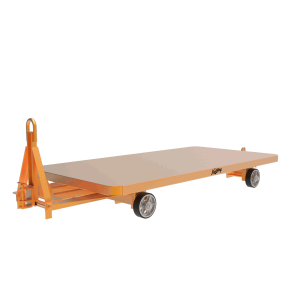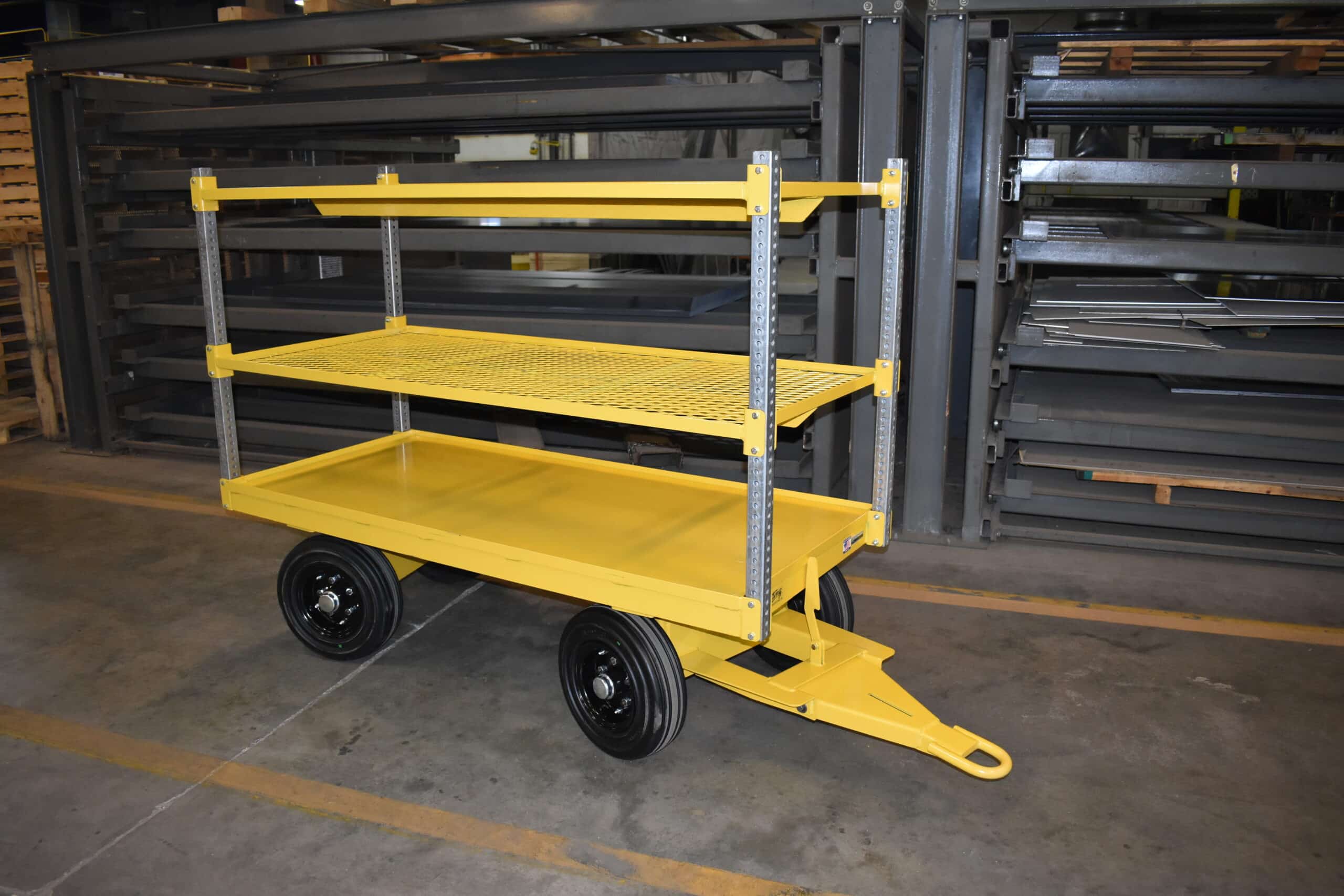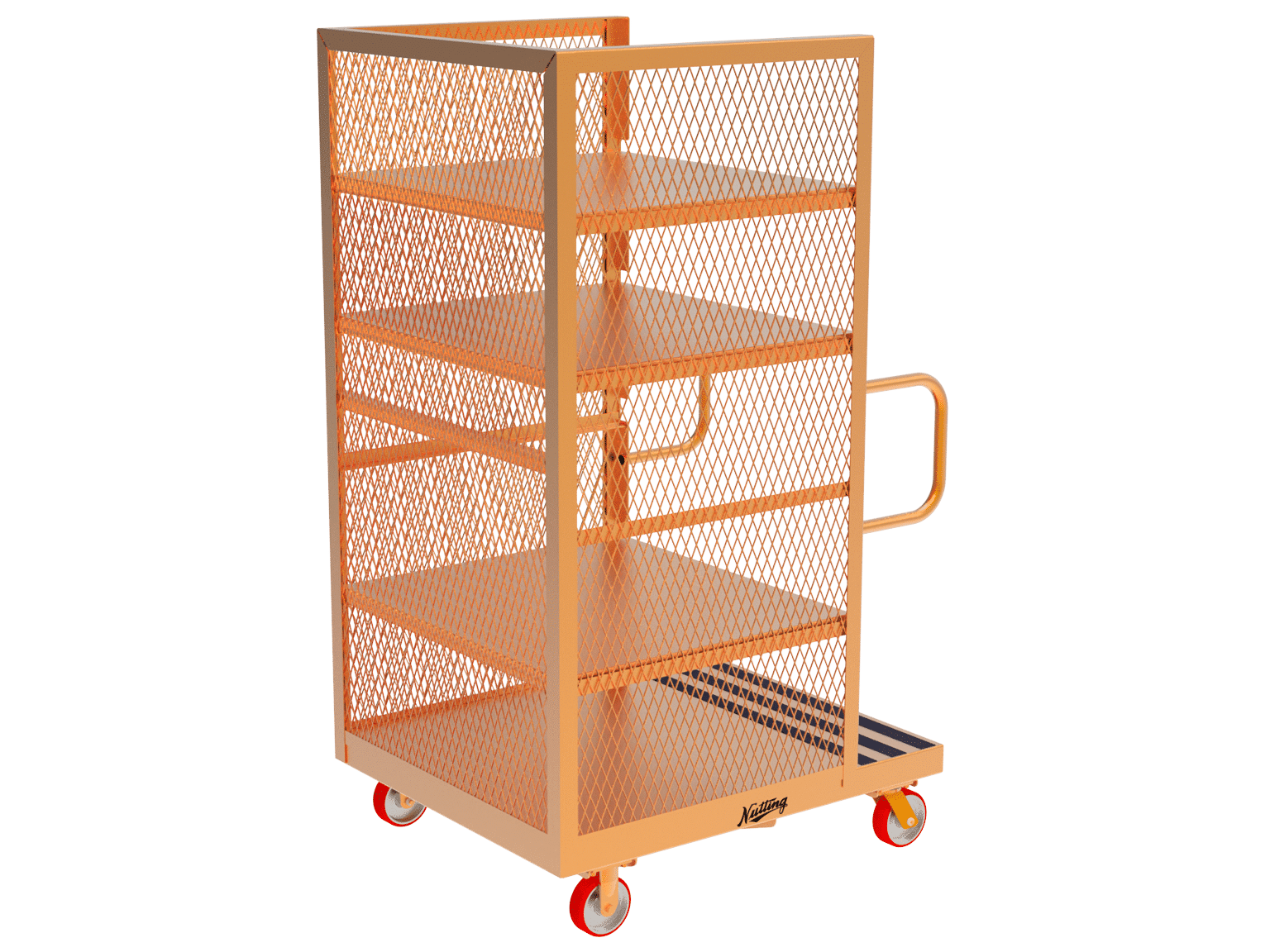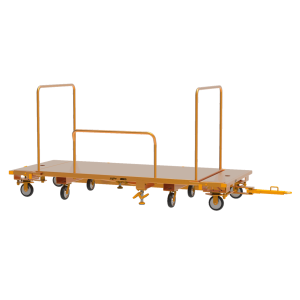Inventory classification, using the ABC classification method to prioritize high-value items, improves supply chain management even during market fluctuations.
As the lifeblood of any robust warehouse management system, inventory classification plays a vital role in streamlining operations and optimizing profitability. This systematic approach to categorizing inventory lays the groundwork for more effective supply chain management and can transform the way your warehouse operates.
Inventory classification is about more than simple organization. It’s about discerning the intricate dynamics between different types of inventory and how they impact overall warehouse performance. It’s about distinguishing high-value, high-volume items from those of lower value or slower turnover, ensuring that your focus and resources are invested in the right areas.
By adopting a strategic approach to inventory classification, you unlock a multitude of benefits that create ripples throughout your organization. It paves the way to heightened efficiency, lower operational costs, and improved service levels while arming you with the tools to respond to fluctuations in demand and prevent costly stockouts.
Ready to discover how inventory classification can revolutionize your warehouse operations? Keep reading to uncover valuable insights into this powerful inventory management tool. The journey to a more efficient, profitable warehouse starts here.
Understanding the ABC Inventory Classification Method
Inventory classification is a tool of strategic relevance for warehouse management, and the ABC classification method serves as its cornerstone. This methodology is derived from the Pareto principle, or the 80/20 rule, which stipulates that 80% of effects come from 20% of the causes. In the context of inventory, this translates into a small proportion of the total inventory items or SKUs (stock keeping units), often contributing significantly to the overall business value.
The ABC classification segregates inventory into three categories:
Category A items: These are the high-value items that contribute significantly to the overall profitability but constitute a smaller portion of the total inventory volume.
Category B items: These are the moderate value items, which strike a balance between the A and C categories.
Category C items: These are low-value items with high volume, which, although plentiful, contribute less to the overall profitability.
By prioritizing ‘A items’, warehouse managers can focus their resources on the inventory that provides the greatest return. Effectively managing these high-value items can significantly enhance warehouse efficiency and profitability. Effective classification can also mitigate a range of operational issues. For example, by identifying and focusing on ‘A items’, warehouse managers can reduce the risk of stockouts and decrease lead times. Having an appropriate safety stock level also becomes easier when you know which items need more immediate attention and which ones can afford to wait.
A well-executed ABC classification system can also lead to more efficient warehouse order picking systems. This is because a warehouse designed with ABC classification in mind can group ‘A items’ together for quick and easy access, increasing picking speed and reducing labor costs. To understand the dynamics between inventory classification and order picking systems better, consider reading our article on effective order picking systems, which offers insights on how effective picking begins with effective inventory management.
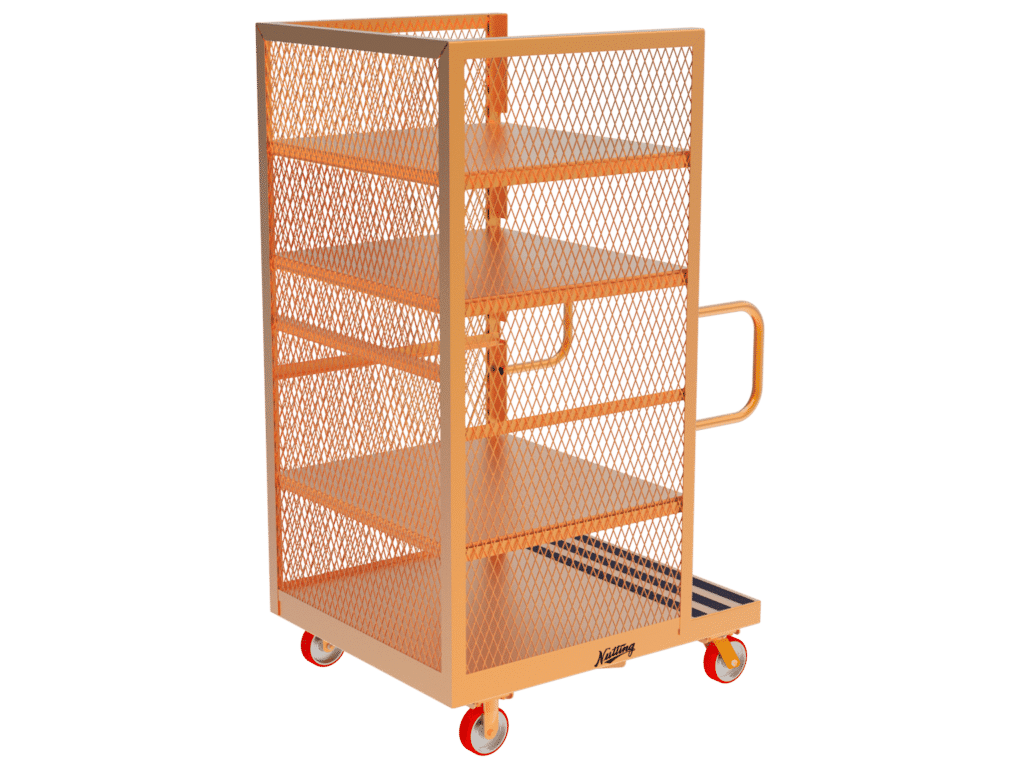
Inventory Control Optimization with ABC Classification
At its core, ABC classification is a decision-making tool. By delineating inventory items into ‘A’, ‘B’, and ‘C’ categories that represent inventory value, it facilitates prioritization and optimizes the management of high-value items. This significantly enhances service levels by ensuring that the most critical items are always available and delivered on time. This outcome manifests as increased customer satisfaction and improved business reputation, both of which are essential to long-term success.
The categorization intrinsic to ABC classification reduces inventory cost by pinpointing which items contribute the most to your business value. This strategy can drastically decrease holding and ordering costs, which in turn improves cash flow and profitability.
Effective classification of inventory also strengthens supply chain management. With the insight provided by the ABC system, businesses can better negotiate with suppliers, schedule production, and plan deliveries, all of which bolster supply chain efficiency. The interplay between inventory classification and material handling equipment, like mother-daughter carts, can also significantly increase warehouse efficiency. These carts, for instance, can be configured to carry ‘A’ items more frequently, making them an essential component of a well-optimized inventory system.
Navigating the Challenges of Inventory Classification
Despite its numerous advantages, implementing an inventory classification system is not without its challenges. Maintaining accurate inventory levels is essential, but it can be complicated by fluctuating customer demand, seasonality, and market trends. Misjudging these factors can lead to excess inventory or, worse, stockouts.
Cycle counting, or regularly scheduled audits of inventory items, helps maintain the accuracy of your classification. It ensures that ‘A’ items remain ‘A’ items and that shifts in demand are promptly identified and acted upon.
In the same vein, modern inventory management systems equipped with AI and machine learning algorithms can predict demand fluctuations and suggest optimal reordering points, ensuring a consistent service level.
Planners play a pivotal role in helping to review and update the classification system, adapting it to the dynamic nature of inventory. Their informed decisions ensure that even as customer demand varies, your warehouse stays efficient, and stockouts are prevented.
Ultimately, successful inventory classification is an ongoing process. It requires continuous adjustments and refinements in response to changing business needs and market conditions. By acknowledging the challenges and leveraging the right tools, strategies, and personnel, businesses can harness the full potential of inventory classification to elevate their warehouse efficiency.

Inventory Classification Impacts Your Bottom Line
Effective inventory classification not only helps to identify your most profitable SKUs, but it also helps identify potential warehouse bottlenecks and areas for improvement. For example, if ‘A’ items are frequently out of stock or hard to reach, it may indicate a need for adjustments in warehouse layout or even the introduction of new material handling systems like tugger train systems. These systems can improve the movement of materials within the warehouse, particularly high-value ‘A’ items, resulting in more efficient operations.
Inventory Classification: Your Key to Warehouse Efficiency
Inventory classification is not just a procedure; it is an indispensable strategy for effective inventory management. This systematic approach of classifying SKUs into ‘A’, ‘B’, and ‘C’ categories is vital for optimizing warehouse operations, enhancing service levels, and ultimately driving profitability.
Inventory classification allows businesses to focus their resources where it matters most, reducing unnecessary expenditure on low-value items, and ensuring that the most profitable inventory is readily available.
Inventory classification’s influence also extends beyond the warehouse, positively impacting the entire supply chain. By understanding your inventory’s dynamics, you can forecast demand more accurately, manage supplier relationships better, and optimize production schedules, leading to a more robust and efficient supply chain.
If your facility is ready to level up its efficiency, Nutting Carts & Trailers’ rapid-ship catalog features an array of our most popular carts and trailers. With a shipping time of just 30 days, these solutions are the key to taking your warehouse operations to the next level. Start your journey towards a more efficient and profitable warehouse today.



